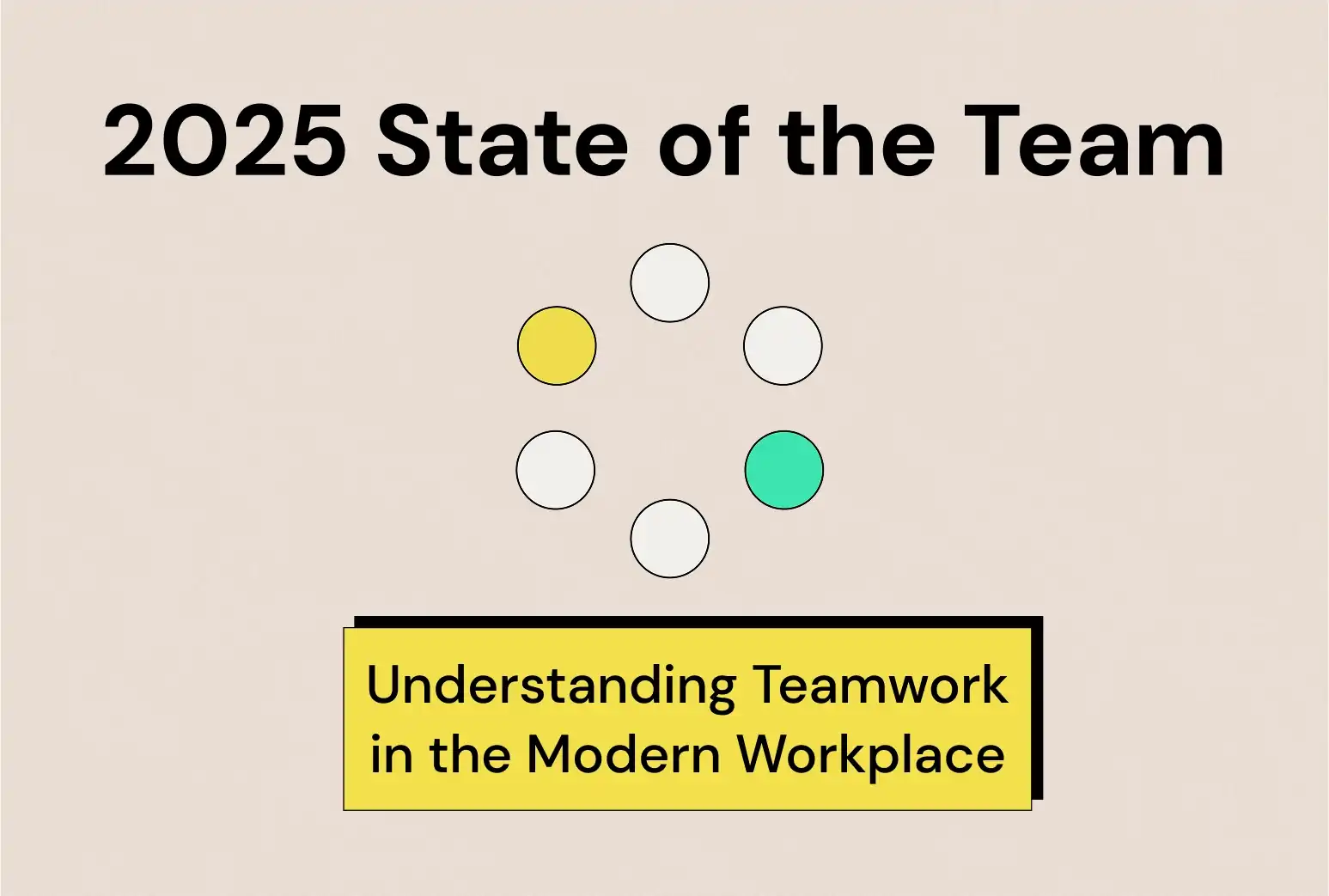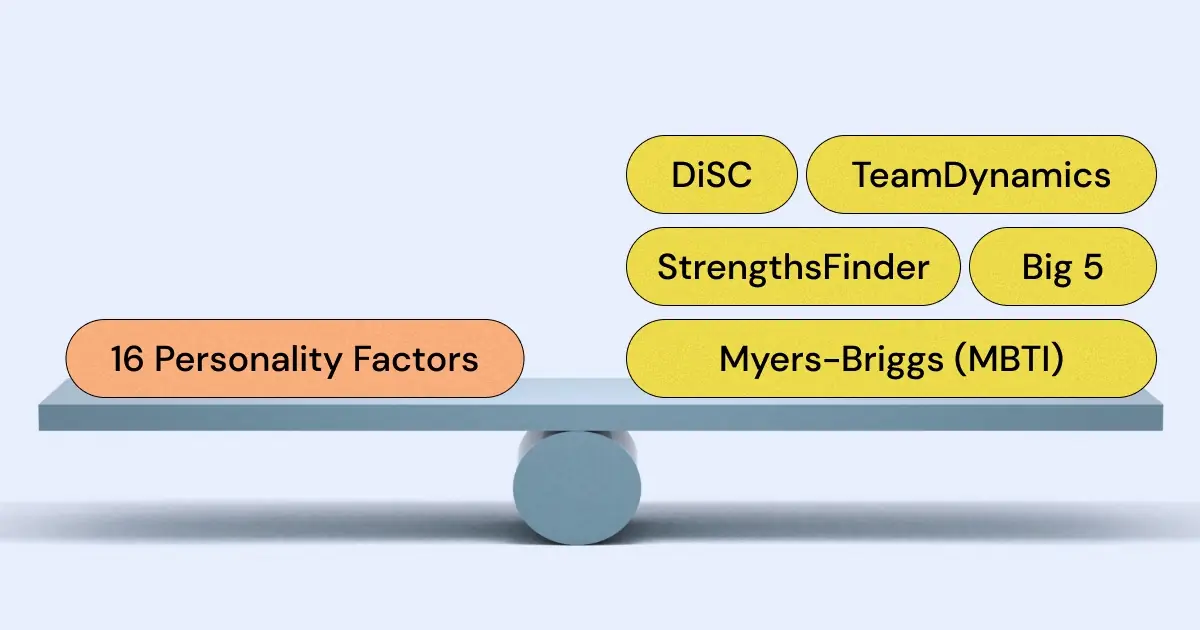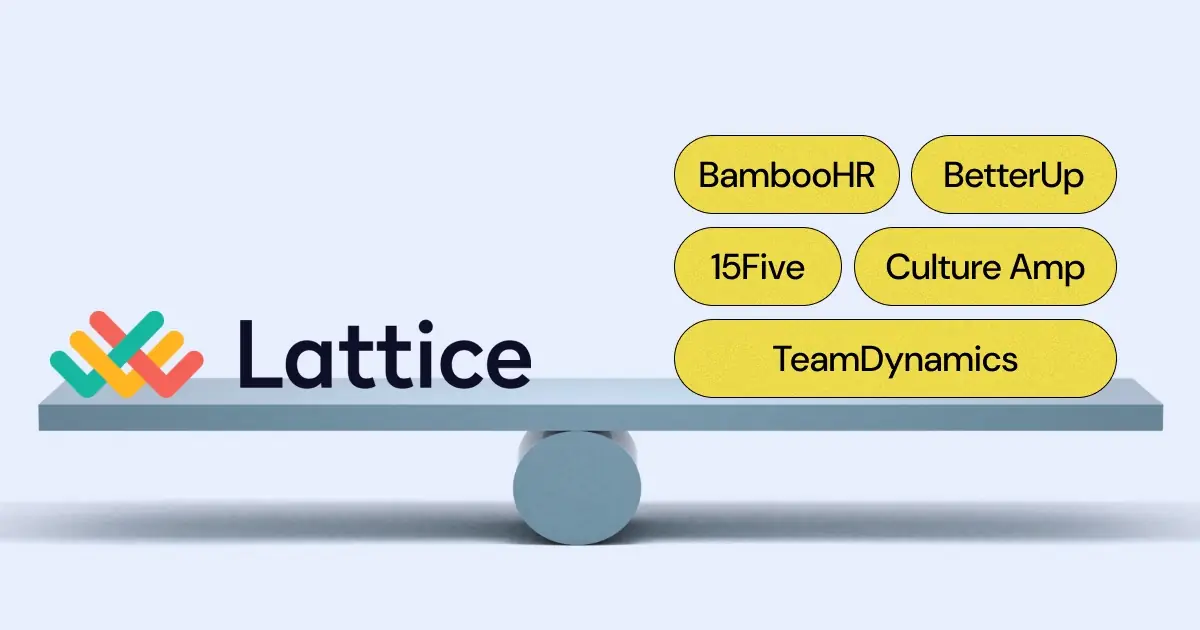??What are the characteristics of a Deliberate team in the workplace???
Deliberate teams are like well-rehearsed orchestras, with every detail planned and prepared in advance, much like a team at NASA planning a rocket launch. They operate under tight schedules, specific tasks, and clear objectives that are frequently referenced and updated to maintain alignment with broader goals.
??How do Deliberate teams manage to succeed effectively???
Deliberate teams minimize surprises through extensive planning, which keeps everyone on the same page and offers a clear path toward achieving their goals. They also focus on thoughtful resource management and risk mitigation, ensuring that they can handle unexpected events without deviating from their objectives.
??What key practices should be followed to thrive on a Deliberate team???
Members of a Deliberate team should focus on having measurable progress indicators, anticipate potential obstacles, and have a contingency plan for deviations. Regular maintenance and revision of plans as projects unfold are critical for staying on track.
??What defines a Spontaneous team in a workplace setting???
Spontaneous teams resemble improv shows, where adaptability and quick reactions to new information are paramount. They act swiftly in response to changes, making decisions on the spot without a predetermined script, which is ideal for dynamic and unpredictable environments.
??What strategies help Spontaneous teams succeed???
To succeed, Spontaneous teams need clear, shared goals and effective, frequent communication. Since their environment is less structured, these teams must excel in adjusting strategies quickly and discussing significant changes as they occur.
??How can teams decide when to adopt a Spontaneous or Deliberate approach???
Teams should assess the nature of their tasks and the environment they are operating in. Deliberate approaches are best for projects with clear, unchanging parameters, while Spontaneous approaches are suited for dynamic conditions with frequent changes. Understanding when to step out of their comfort zones and switch approaches is key to a team's success.
??What is the importance of flexibility in team management and execution???
Flexibility in team management is crucial because it allows teams to adapt their working style to the most appropriate method for the situation at hand. The most successful teams blend both Spontaneous and Deliberate approaches, applying each where it will be most effective, and adapting their tactics as necessary to achieve their goals.
??When should a Deliberate team consider adopting a more Spontaneous approach???
A Deliberate team should consider a more Spontaneous approach when faced with rapidly changing circumstances that make detailed planning impractical. In these scenarios, focusing on high-level outcomes rather than specific actions can provide necessary guidance while allowing flexibility.
??What should a Spontaneous team do when dealing with complex projects with high risks???
In complex, high-risk situations, a Spontaneous team should slow down and implement more detailed planning to ensure all team members are coordinated. Embracing a "Measure twice, cut once" philosophy and being prepared to revise plans as needed can help manage the risks effectively.




.png)










































